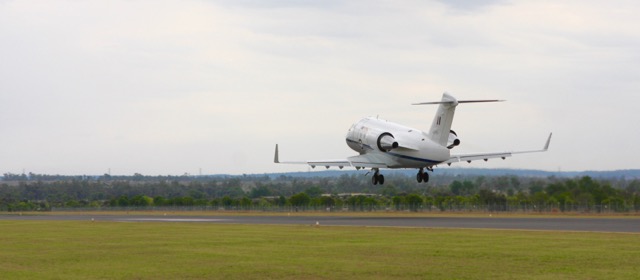
Posts about stuff relating to airports

Expanding Safety Performance Indicators for Wildlife Hazard Management
Recently, I was invited to speak “at” an airport safety conference on the topic of birds and habitat management. The presentation I delivered was an extension of a previous article I wrote about safety performance indicators with a twist towards wildlife hazard management in particular. The conference organisers have now shared the videos of their program for free but I’ve got the bit with me included here.
Image credit: Christina Morillo (via Pexels)
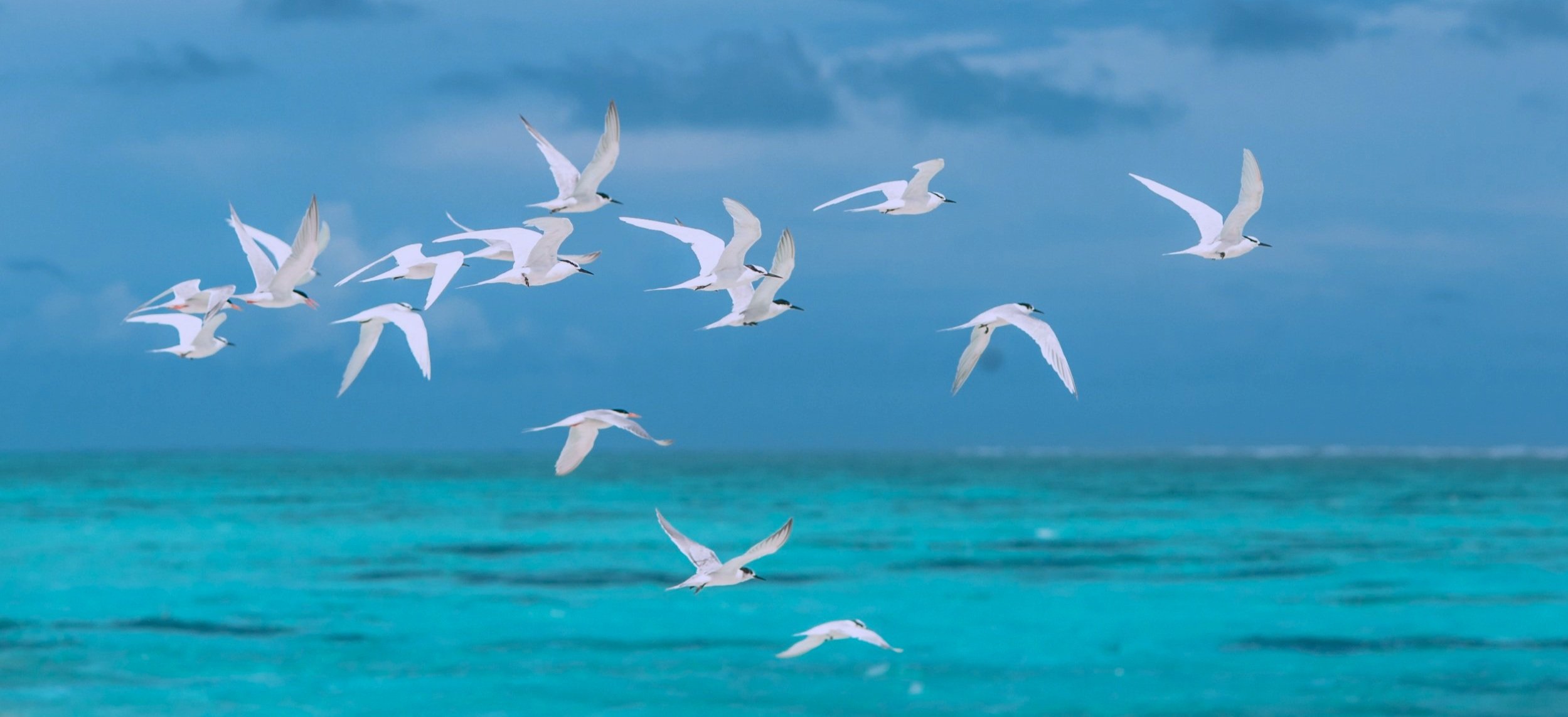
COVID-19 Bird Strike Update #4
For quite a while now, I’ve been tracking the impact of the COVID-19 air traffic downturn on wildlife strike rates. Early warnings highlighted the potential for and early indications were that there was a risk of increased wildlife strike rates while the industry returned to the skies. Since then, a lot more research has been done and presented. I presented my full year 2020 findings at the Australian Aviation Wildlife Hazard Group’s (AAWHG) 2021 Webinar Series last October with the video going online last week.
Check it out here…
Header image: Asad Photo Maldives (via Pexels)
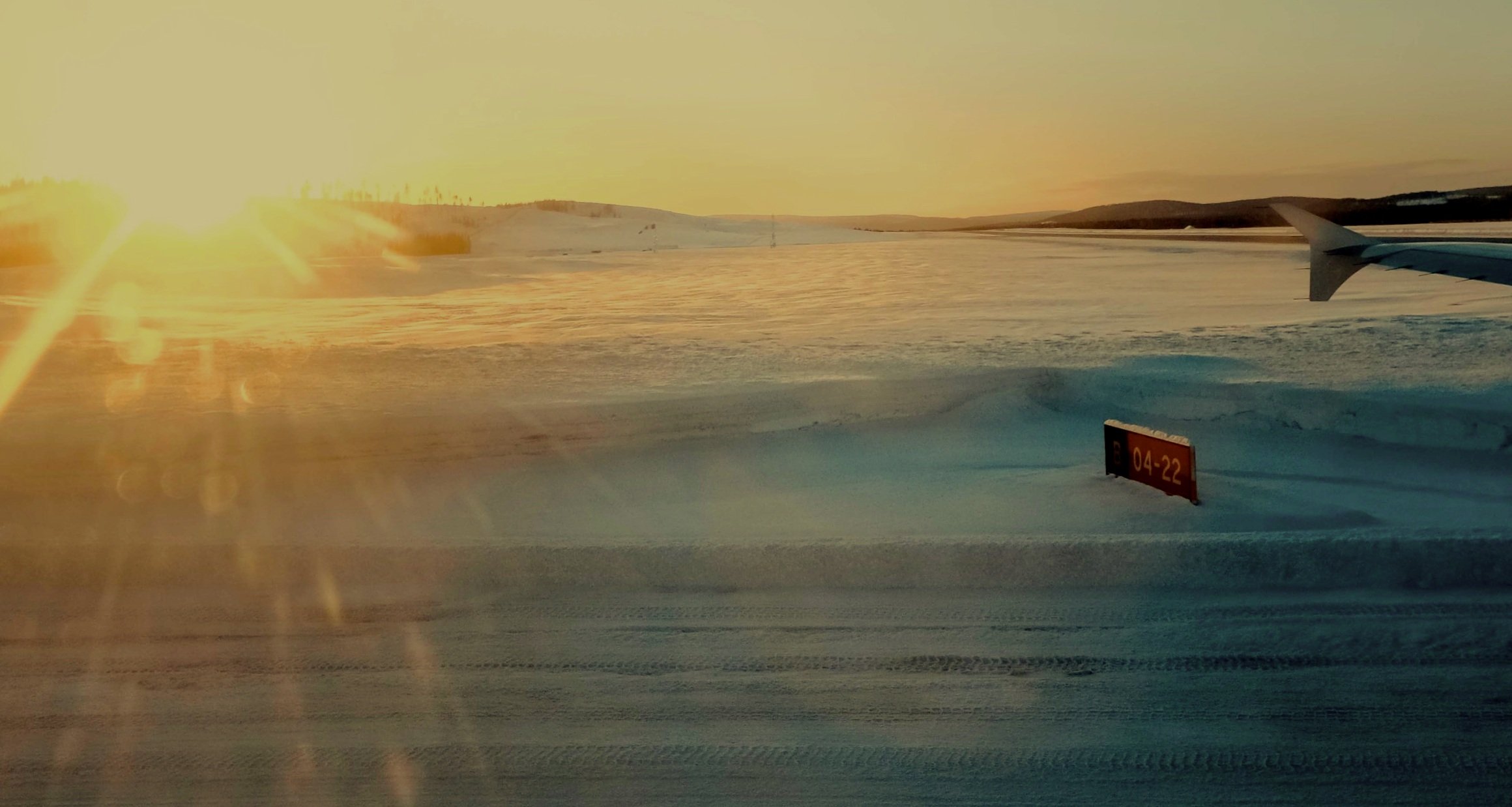
Don't Wait for the Investigation Report: Speculation Can Be Good
In these times of almost ubiquitous video, we are sometimes inundated with footage from all manner of safety incidents and accidents. Coupled with social media, professional and otherwise, this makes for lively discussions on causes and contributory factors as soon as the footage becomes available. Unfortunately, a lot of these discussions are not useful and are often met with calls to wait for the investigation report and resist the urge to speculate.
But I can’t say that I agree with the blanket call to avoid speculation and wait for an investigation report and here is why.
Header image: Francesco Ungaro (via Pexels)
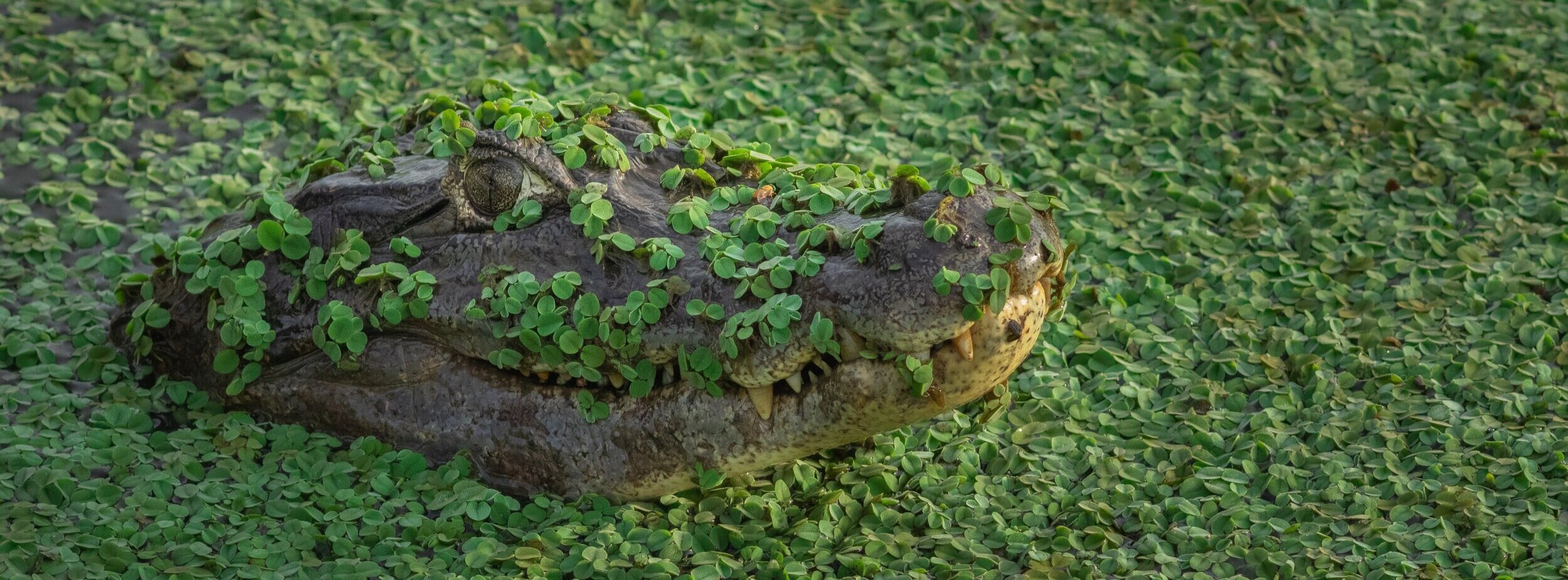
Opening Up: What Surprises Lurk within your Aerodrome?
Depending on the nature of the COVID-19 outbreak in your area, aerodrome operations may have ground to a halt, barely hiccuped or maybe even increased. For those in the first category, that have struggled through intermittent and/or prolonged lockdowns, the end could be insight. But getting going again could be fraught with insidious risks.
Header image: Mateus Rauber (via Pexels)
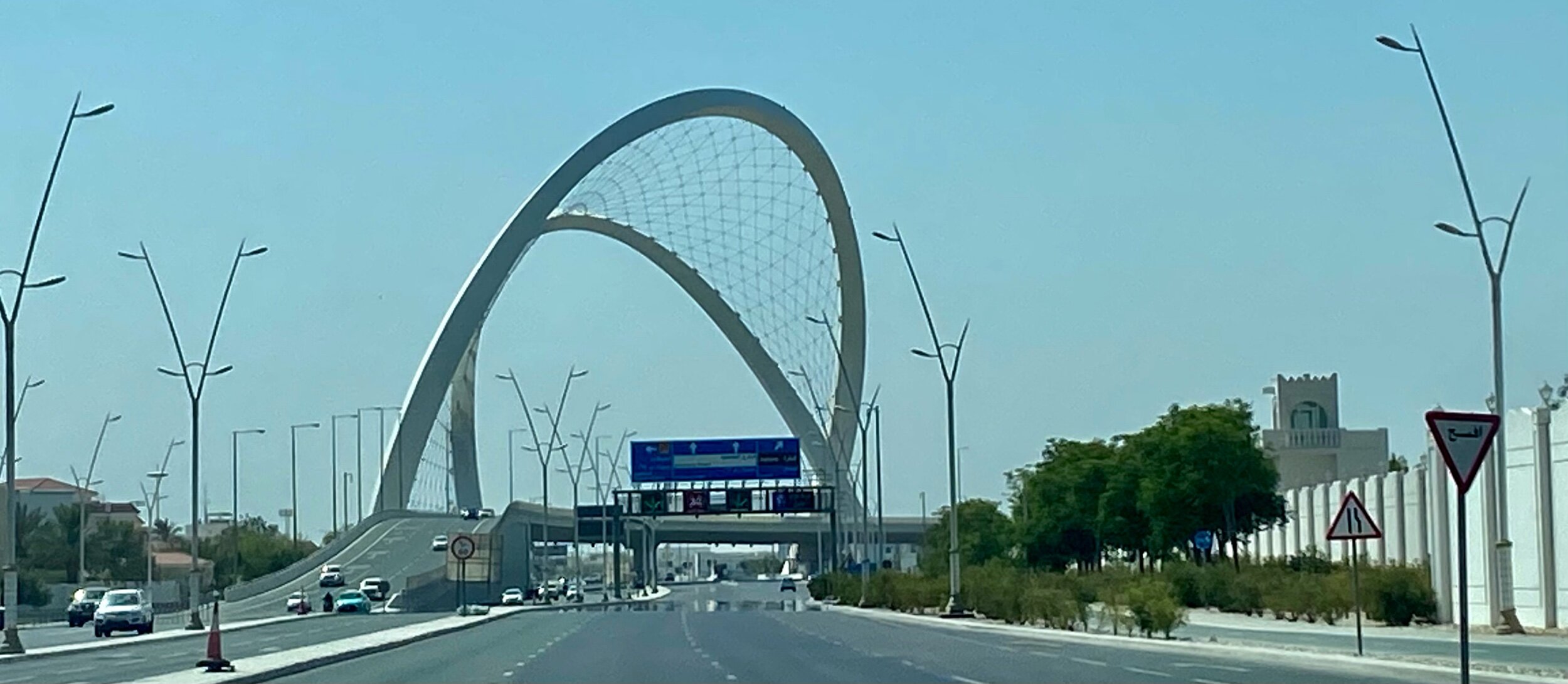
In transit
It has been a while since I’ve posted and that is for a couple of reasons, nearly all related to COVID. But in a nutshell, I’ve been and am still on the move between the Middle East and Australia. Right now, I’m in hotel quarantine in Brisbane.
So what was it like to travel into Australia during this thing called COVID?

Ten Year Retrospective: My Favourites
And in more self-indulgence as the Ten Year Anniversary of The Runway Centreline approaches, here is a selection of my favourite posts from every iteration of my blog. They are mostly favoured because they pushed me to either look deeper, look within or write about something I wasn’t fully comfortable with.

Ten Year Retrospective: Most Popular Posts
The Ten Year Anniversary of The Runway Centreline is approaching. I hope you will indulge me some self-reflection in a couple of posts as the big day approaches. Here are the top six (6) posts from the latest iteration of my blog. Some I know were going to be popular based on their timeliness and fairly unique approach. Others I was quite surprised about.
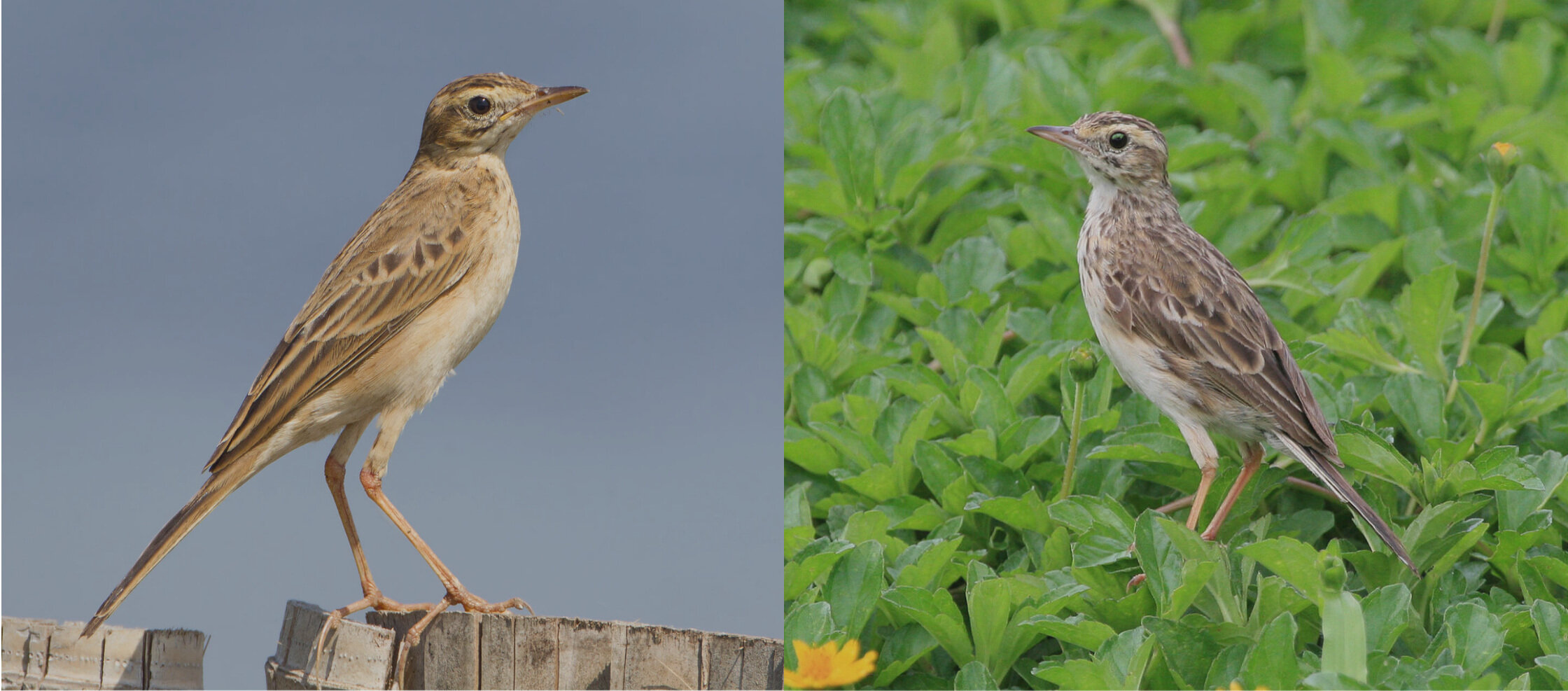
Which Pipit to Report?
I was doing some research using the ATSB’s wildlife strike data file and came across a number of interesting little data artifacts. My goal was to maximise the number of reports with standard species names (common names, not the Latin) and this required a combination of Python programming and manual mapping.
And I found some interesting things, like the Richard’s Pipit.
Image credits: Richard’s Pipit (JJ Harrison via Wikipedia) & Australiasian Pipit (Sommerdrought via Wikipedia)
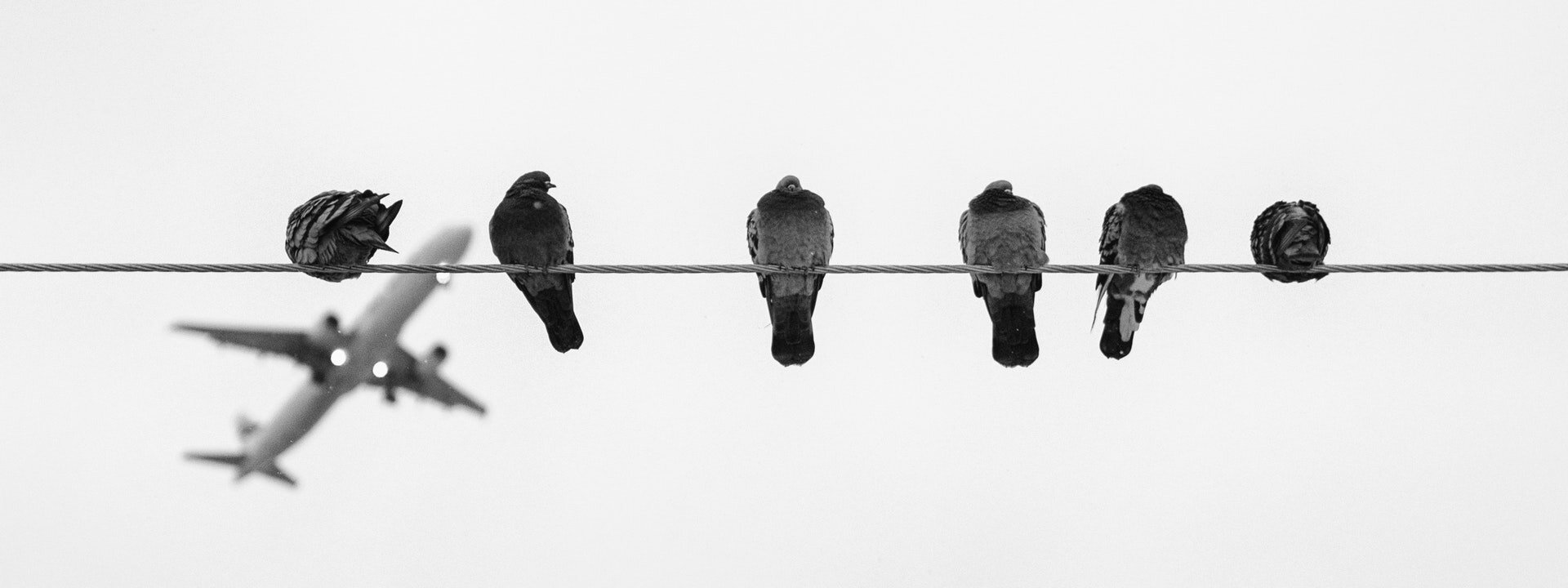
COVID-19 Bird Strike Update #3
It’s time for another update on the impact of COVID-19 traffic downturns on wildlife strikes. My first (and updated) post was looking at the initial months of the pandemic and the second looked at the northern summer period but it has been a big three months since I’ve looked at these numbers.
And in that time, someone published some statistics that don’t exactly match mine!

Obstacles, Collisions & Liability
Back in 2011, in the lovely northern NSW town of Old Bar, the locals were having a festival. Someone put up a Ferris wheel at the end of the local airstrip’s runway. An aircraft crashed into it and while no one was hurt physically, legal action ensued. A child riding on the Ferris wheel was awarded some pretty significant damages in some interesting legal ways.
Image credit: Isabelle Taylor (via Pexels)

Run the Runways 2020: My Version
Over the past 9 months, I’ve been seeing many people in my LinkedIn feed, let’s say, transitioning out of the airport/aviation industry. That’s a nice way of describing what must be a pretty tough time for either you or many of our colleagues. I feel very lucky that I still have a job in the industry that I love.
This December, I’m going to run the equivalent lengths of a bunch of runways I know in a hijack of the very worthy cause and challenge set by Aviation Action.
Header image credit: João Cabral (via Pexels)
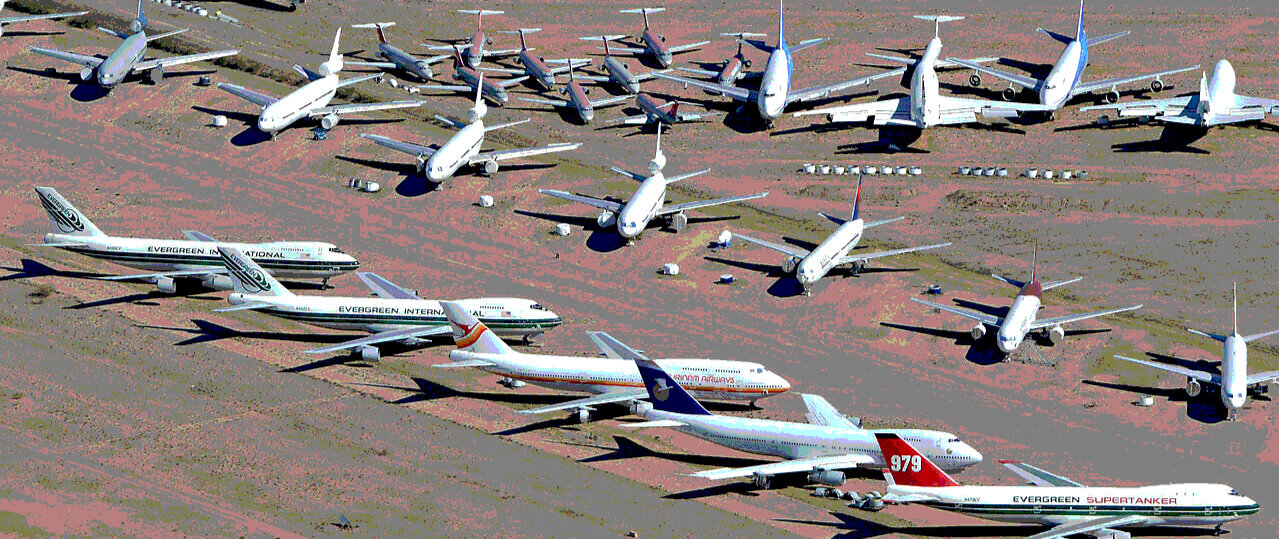
COVID-19 Bird Strike Update #2
It’s been a couple of months since my first attempt at tracking bird strike rates following the COVID-19 traffic downturn. At that time, viral infection rates in Europe had settled down, Australia was coming down from its second wave and even the US seemed to be cresting its second phase. On the aviation safety front, bird strike rates were showing a pretty clear sign of exceeding the 5-year average.
So how are things looking three months on?
Image credit: Alan Wilson (via Wikipedia)

Aerodrome Geodata & The Aerodrome Local Ownership Plan (ALOP)
In light of COVID-19, partly because of it or exacerbated by it, the Australian Government has published an issues paper on the Future of Australia’s Aviation Sector with public consultation open until 13 November 2020. The paper is looking at a range of issues and not just COVID-recovery-related topics. They are also looking at regional access, airport regulation and funding.
One section in particular caught my eye and that was looking into the Aerodrome Local Ownership Plan (ALOP) and possible changes designed to free-up local government options. There is an interesting comment in this section that I wanted to explore using data-driven decision making (D3M) and some pretty cool data-visualisation tools that I have recently discovered.
Image credit: Catarina Sousa (via Pexels)

ASW #5: Some Friday Funnies
It’s Friday, it’s Friday! The theme for day 5 is “Wellbeing”. The old Oxford Dictionary defines that as “the state of being comfortable, healthy, or happy” and today, I’m going to try to help out with that last one with some funny aviation-themed videos from YouTube.

ASW #4: (More than) A Couple of Words on Safety Management Systems (TBT)
Here we are on day 4 of Airport Safety Week and it’s a Thursday, so I am going to cheat a little here and do a massive Throwback Thursday post covering some of my favourite Safety Management System (SMS) related posts.
Image credit: Digital Buggu (via Pexels)

ASW #3: Accident Review: FOD Brings Down the Concorde
The third day of Airport Safety Week sees one of the annual event’s most enduring activities - the FOD walk. As I am not currently working on an airport or in Australia, I am going to miss taking part this year. Instead, I thought I would offer an analysis of the 2000 Concorde disaster as it would have to be the most significant FOD-related accident in history.
The following analysis is very limited. I just want to focus on the presence of the FOD on the runway, its immediate impact on the aircraft and factors associated with FOD detection and prevention.
Header Image : (cc) Daniel Mennerich (via Flickr)
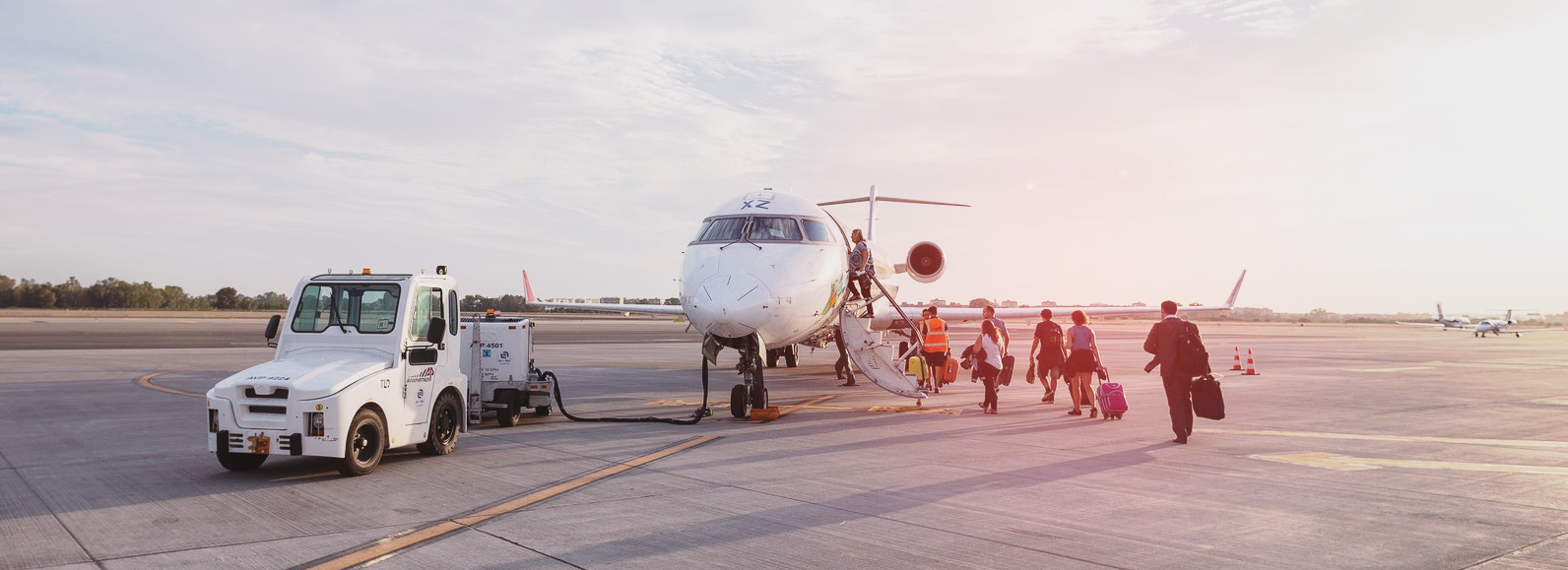
ASW #2: The Evolution of Human Factors (Infographic)
The theme for the second day of Airport Safety Week 2020, is “human factors in airport safety”. Now this is a really, really big topic and one that I love. I have studied human factors through two degrees, multiple short courses and a ton of personal research.
But instead of going full nerd, I have decided to take a different approach and create something of an infographic on the topic of the evolution of human factors. Check it out inside here.

ASW #1: COVID-19 & Safety: A Bow-Tie Risk Assessment Approach
Today’s theme is “maintaining airport safety through COVID-19”. Obviously, this can be a big topic. There are thousands of ways COVID-19 has impacted our daily lives - some large and some subtle. So, in thinking about this topic, I wanted to create a structure we could use to analyse the virus’s impact.
And I landed on the Bow-Tie model. Check it out.
Header: Karolina Grabowska (via Pexels)
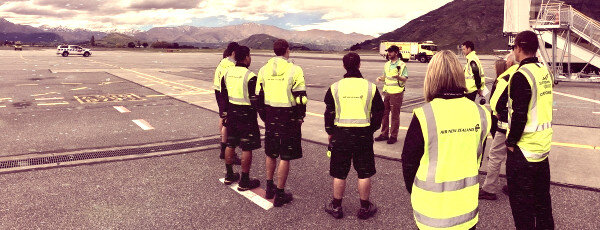
Airport Safety Week is almost here...
It is nearly Airport Safety Week again! This year, it will, no doubt, feel different and for me, I am feeling particularly distant. But to help me celebrate the week and bring me a little closer to “home”, I am committing myself to writing a post a day with each one on the daily theme.

Safety Performance Indicators: A False Dichotomy?
Everyone knows that when it comes to safety performance indicators, you want them to be leading rather than lagging. We usually start with lagging because they are easier to spot but we’re pushed to find, track, measure and analyse their much superior cousins, the lead indicators. But is it that simple? Of course not...
